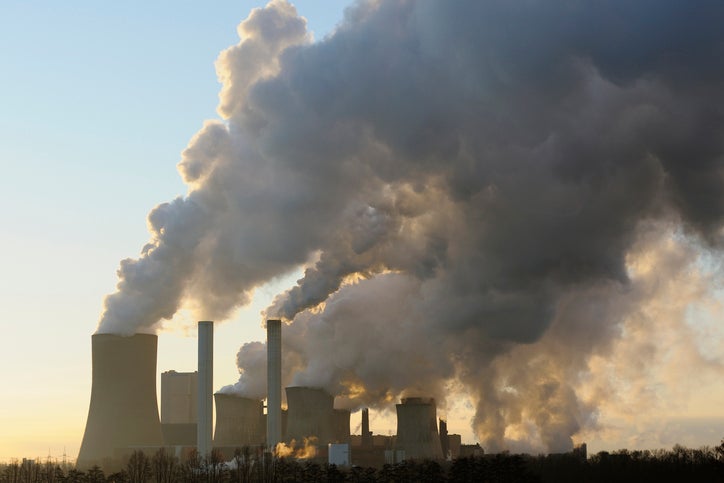
Germany is keeping its lignite coal power plants available for one more season in preparation for a cold winter with scarce gas supplies.
Coal-fired power plants were supposed to be phased out in Germany through a coordinated and progressive shutdown. In return, the plants would earn a share of the government’s €40bn ($42.1bn) coal phase-out fund.
In 2022, German coal plants were kept online to maintain energy supply. The war in Ukraine prevented Germany from importing its usual level of gas from Russia, while problems in France’s nuclear industry ruled out this expected power source.
In September 2022, the government therefore passed two decrees; one prolonged the operation of sizeable hard coal-fired power generation plants up to 31 March 2024 and the other supplied 1.9GW of power capacity fired with domestically mined brown coal.
On Wednesday, the government announced the continuation of this policy, meaning 1.9GW of lignite coal-fired capacity will still be added to Germany’s 45GW of coal power plants. This is intended to keep energy prices at adequate levels this winter and ensure gas reserves are not run down extensively.
The government said: “The supply reserve will be reactivated in order to save gas in electricity generation and thus prevent supply bottlenecks with gas in the 2023/2024 heating period.”
Spurred by the policy decision last year, 36.3% of electricity fed into German power grids between July and September 2022 was derived from coal-fired power plants, compared with 31.9% in the third quarter of 2021. Germany therefore instigated the resumption of higher coal production in Europe. In its 2022 annual coal market report, the International Energy Agency (IEA) said: “Only in Germany, with 10GW, is the reversal at a significant scale. This has increased coal generation in the European Union, which is expected to remain at these high levels for some time.”
The IEA Coal Market report for 2023 will not be released until December. However, following the German Government’s announcement, it is likely Europe’s coal production statistics will be similar to last year, with an onus on Germany’s causal role. The IEA’s 2022 report predicted that it would take until 2025 for coal production in Europe to fall below 2022 levels.
Despite these predictions, the German Government remains optimistic that it will still meet its coal phase-out target, stating: “The goal of completing the coal phase-out ideally in 2030 remains unaffected, as do the climate targets.”
Despite increasing between 2021 and 2022, coal production in Germany is in long-term decline. In the third quarter of 2023, the country produced 22.2 terawatt-hours (TWh) of power by burning coal, its lowest ever amount. In 2015, it produced more than 60TWh.



